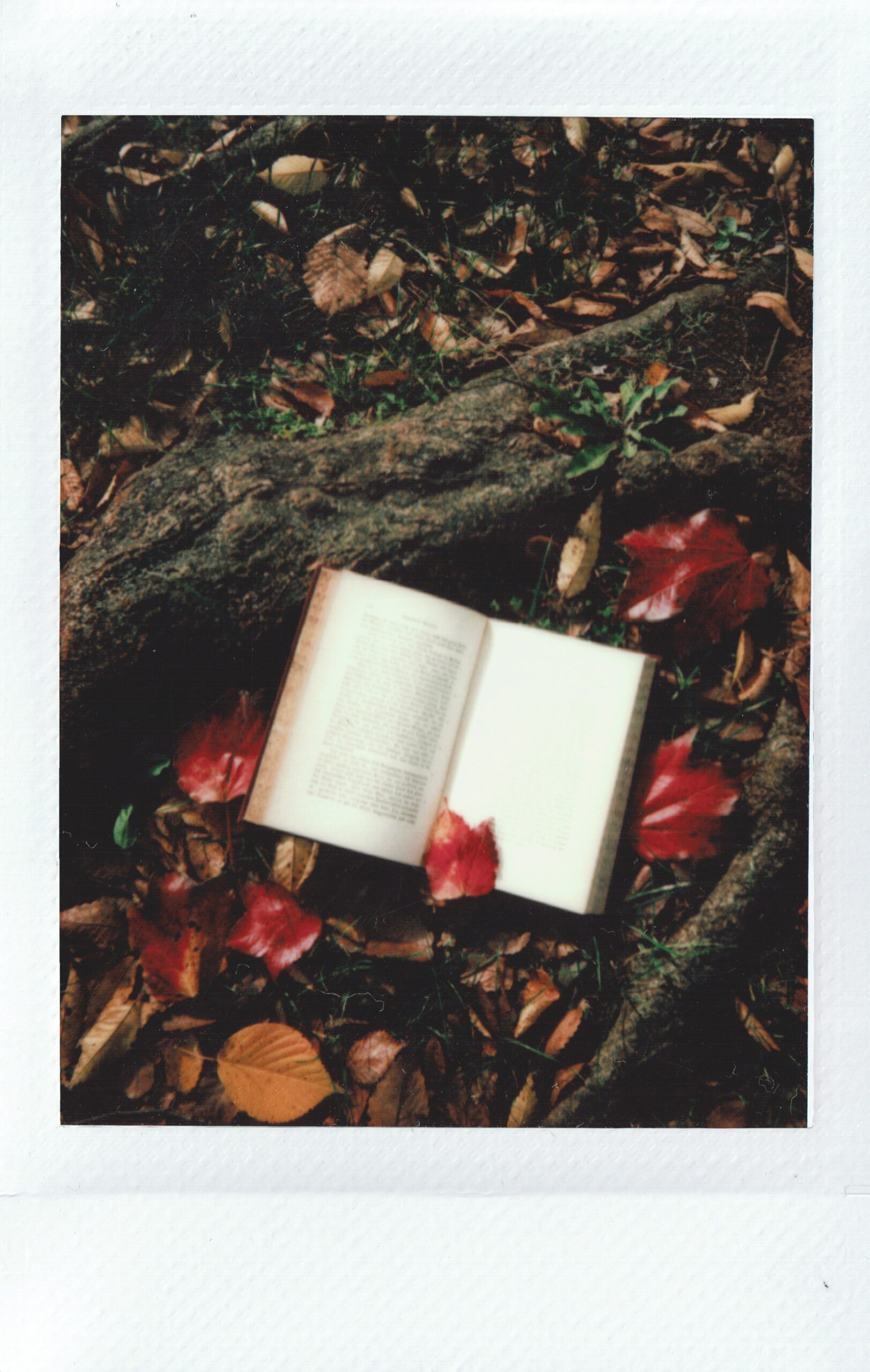One of the things about being a writer is that in some ways, you never leave school. Textbooks, grades, and scheduled hours may fall behind, but you will never be done learning, never be done finding new and interesting things to do in your writing, never be done getting better. Your classroom is simply larger, and you decide your own journey through it.
A place where this writerly learning is most likely to happen is what you read, and you can maximize that effect by steering your reading. You don’t want to drive to the point of making things unenjoyable! But a nudge in one direction or another can end up shedding light on a murky narrative issue you’re grappling with or provide fresh inspiration.
How do you go about getting started in such an effort? Make a list of some of the stuff you’ve always thought “I should read that someday” and begin with the most appealing title. What are you having trouble with, what are the things you hear from your crit group or instructors again and again? Find writers who do that thing well and dissect their writing to see how they do it, the mechanisms that give their writing its life. Fill your pockets with the ideas and inspirations you glean, like shiny rocks and shells plundered on a walk along the ocean of literature.
Definitely don’t make all of your reading instructive stuff. Continue reading for you, for the deep bliss of escaping into the text, immersing yourself like a warm bath. Read once for pleasure, and then, only then, read again if you think the text merits it and you want to figure out why.
Keep in mind that you don’t have to read all of a book at once. I picked up Ursula K. Le Guin’s massive collection, The Real and the Unreal some years ago, and I dip into it at intervals, usually in a forward motion, but sometimes going back to look at something another time, or ahead to read something again because I want to refresh my memory again. Each story is like a tiny sermon, a lesson, a perfect thing that I can examine again and again, learning something new from each angle. Right now I’m thinking about “Imaginary Countries” and what it taught me about omniscient point of view, true omniscient point of view where you are in everyone’s head all at once, and trying to think about how I’ll put that in a story. It’s a beautiful texture and I don’t think I’ll get it right unless I do some actual practicing. Don’t be afraid to go in and read the best bits. A book is not like a box of chocolates and no one will be horrified to pick the book up and discover you ate all the caramels or left exploratory bite marks on a few less palatable morsels.
Read the people whose writing you admire in order to figure out what it is that you admire and whether (or not, which is a valid choice) you want to try to emulate. Read across an author’s oeuvre to see what commonalities there are as they try different forms. Catherynne Valente’s work, for example, always is deeply engaging whether short story or novel, or space opera versus literary fantasy or superhero fiction.
Read and underline, copy out passages, or add post-it notes or whatever it is that makes you actively engage with the text, rather than just absorbing it, swimming in it rather than just floating in the waves of words. On Kindle, you can highlight passages and I do this with some books when I want to be able to go back and find the passages I most enjoyed (or objected to!)
Picasso famously said, “Good artists borrow, great artists steal.” By which he meant (I believe), take that thing and make it your own, make it something whose form and shape and sound could have come only out of you. Hammer it into a new shape, give it an entirely fresh wardrobe, do a revamp to the point where its own mother wouldn’t recognize it. Do this. Lots. And to do it effectively, you will need to be reading.



1 comment
Excellent post, Cat. Thanks for the insight.
Comments are closed.